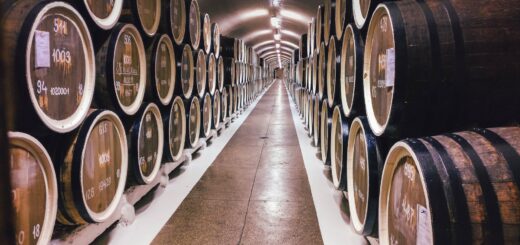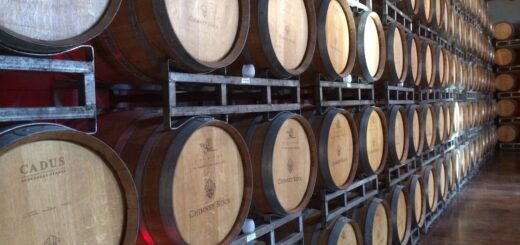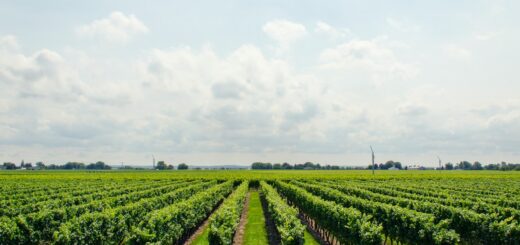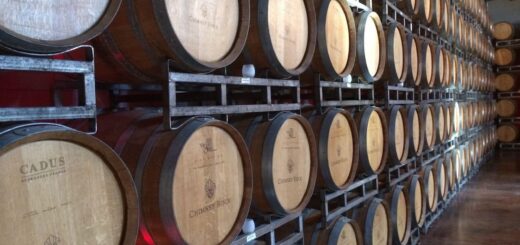Expensive Wine vs. Cheap Wine: Is There A Difference?
Let’s be honest. There’s probably been a time (or two) where you’ve walked down the aisles of your local wine store and wondered, “Does it make a difference if I choose the $5 bottle over the $30 wine?”
You probably threw the cheaper wine in the cart and carried on with your day. But if you want quality wine for the best price, you’ve come to the right place.
In this article, we will be covering whether price determines quality and factors that affect the price tag.
What Affects the Cost of Wine?
Each business has various factors to consider when determining the price point of their product. These are the four major characteristics that affect this:
- Barrels and tanks
- Time and procedure
- Location of vineyard
Below, we’ll dive into these elements to learn how it makes a difference in quality and final price.
Barrels and Tanks
From traditional wooden barrels to stainless steel tanks, the location where the fermentation process occurs will ultimately influence the taste of the wine.
Traditionally, the more expensive wines tend to be fermented inside oak barrels because of the oak flavors (vanilla, spices, chocolate, etc.) and the exposure to oxygen.
Aside from flavor, oxygen exposure plays a role in making the final product feel smoother and softening the taste. However, the cost of using oak barrels will dramatically affect the price tag, which is why most manufacturers use steel tanks as a cheaper alternative.
Steel fermentation tanks are often used because they are cost-effective, easy to maintain, and last far longer than other materials.
The downside of this method is its sealing mechanism and lack of flavor. Since it is completely sealed upon closing, very little oxygen is exposed, which causes a sharp taste. And the lack of oak causes the wine to lose its robust flavor that comes with the other fermentation processes.
Time and Procedure
When it comes to red wine, time is its best friend. The longer the wine is contained, the more changes will occur. Some of these include:
- Reduction in acidity
- Increase in flavor
- Smooth taste
The storing and monitoring of the barrels will significantly increase the price, as the aging produces a robust, fruity taste that takes months, sometimes years, to finish.

Location of Vineyard
Another factor that tends to drive the cost is the location of the vineyard.
The vineyard has to have the ideal climate, soil, and fertilization to ensure the quality of the fruit that goes into the wine.
One might assume that vineyards hope to gain the most yield from their harvest. However, this isn’t always true.
Historic vineyards grow older vines, which consequently produces fewer grapes. But the low volume of grapes causes it to intensify in taste.
Although there is less wine to be made, the flavor and limited supply create a demand for this product.
Manufacturers that focus on yield will typically harvest their grapes by using machines. This method will impact the quality of what is being picked, which will create a mediocre wine.
Cheap Wine vs. Expensive: The Verdict
If you enjoy the wine you’re drinking; there’s nothing wrong with sticking with it. However, to understand wine to its full extent, we recommend trying different kinds. That way, you can fully grasp what you enjoy and whether or not the fermentation process makes a difference. Plus, when someone asks for advice on which wine to choose, you’ll be able to send them in the right direction.















Recent Comments